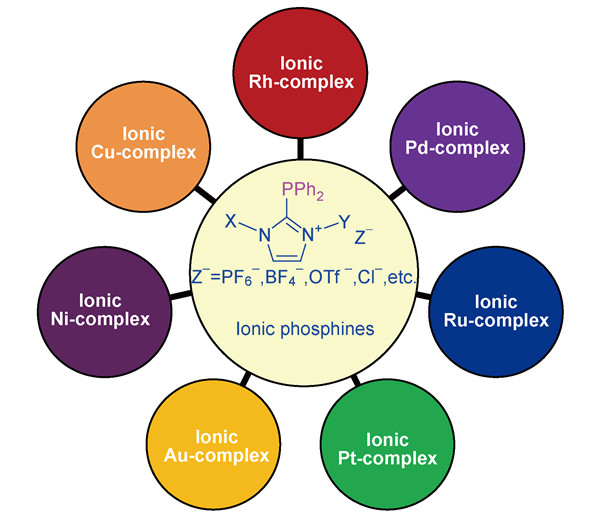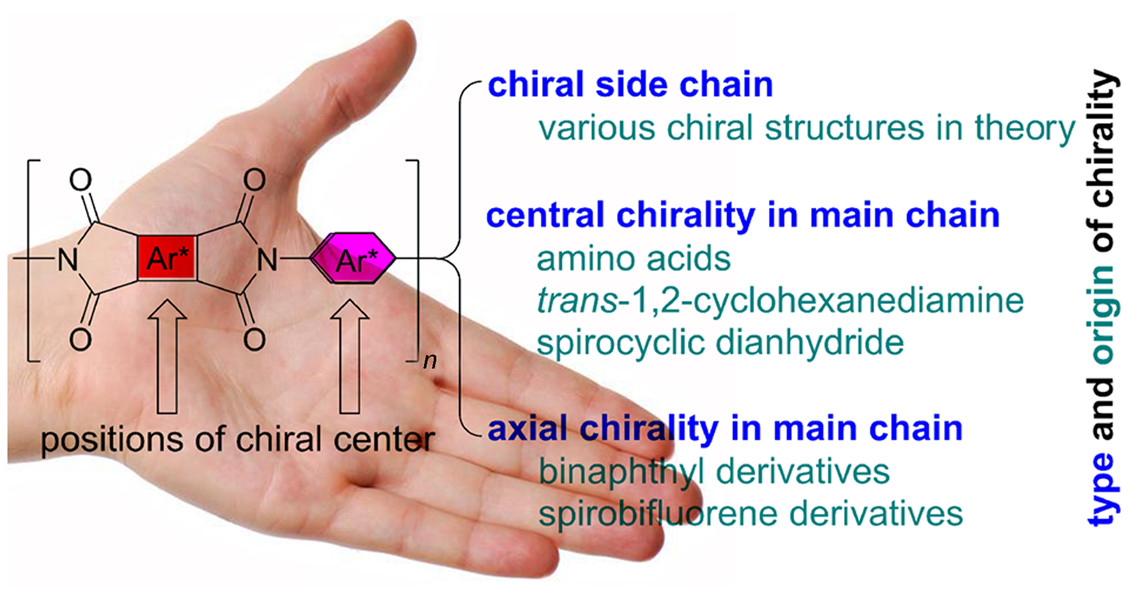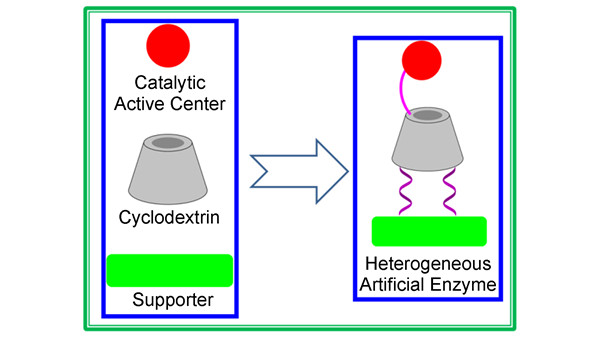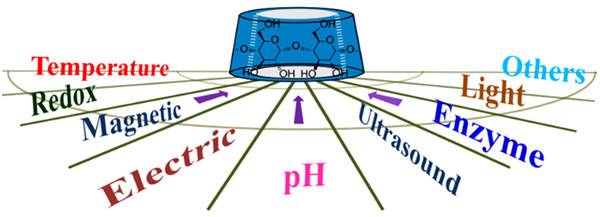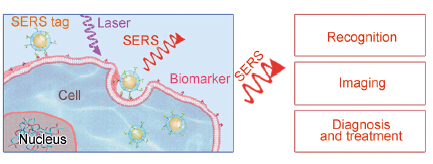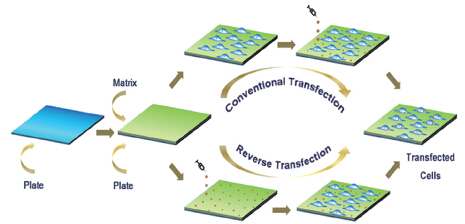Cao Ya, Zhu Xiaoli, Zhao Jing, Li Hao, Li Genxi. Electrochemical Analysis of Tumor Marker Proteins[J]. Progress in Chemistry, 2015, 27(1): 1-10.
With the development of monoclonal antibody and immunological detection technology, the detection of tumor marker proteins becomes the most important method for early screening and diagnosis of cancer. On the other hand, with the development of molecular recognition and surface assembly techniques, electrochemical analysis displays some unique advantages in biological analysis, such as simple operation, easy-to-miniaturize nature, low cost, sensitivity, and so on. Especially in recent years, various antibodies, aptamers and peptides that can specifically bind with tumor marker proteins have been screened out. Various nanomaterials and nanotechnologies have been explored in the application to electrochemical analysis. Many novel techniques for molecule labeling, surface self-assembly, and signal amplification have been proposed. So, electrochemical analysis obtains unprecedented opportunities in the quantitative detection of tumor marker proteins, and more and more achievements are reported. In this review, by commenting on some typical work conducted in the lab of the authors, we summarize the recent research progress on the electrochemical analysis of tumor marker proteins and make an outlook on the trends of the related research fields in the future.
Contents
1 Introduction
2 Electrochemical immunoassay based on antibody
3 Electrochemical analysis based on aptamer
4 Electrochemical analysis based on polypeptide
5 Electrochemical analysis based on other recognition elements
6 Conclusion and outlook











